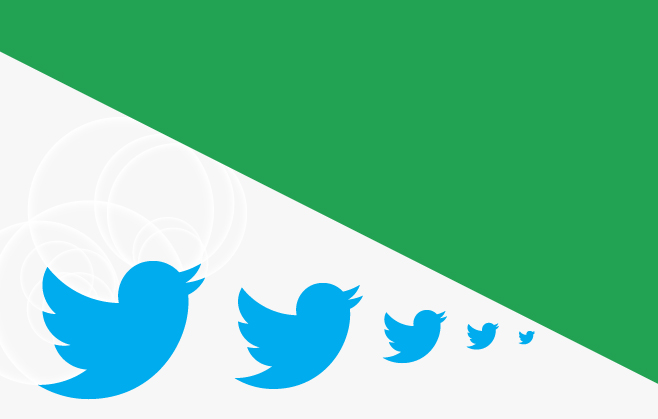
Twitter casts a wider net
Last week, Twitter announced updates to its Home page feed, enabling logged out users to still access tweets, videos and images. So what will this development entail, and will it benefit the site’s traffic and monetisation goals?
Allowing logged out users to view Twitter content, has previously only been a feature of home pages in the US and Japan. Now, the site plans to make this available to a further 23 countries including the UK, as well as improving the logged out experience on mobile. Prior to this, Twitter has always maintained that it has around 500-600 million logged out or unregistered users who view the home page, so there’s a clear potential for the site to do more to draw a greater audience. Indeed back in December, Twitter started testing Promoted Tweets and videos on its home page to those without an account, with the intention of gauging and driving clicks. This proved to be a successful way to monetise, showing marketers that their campaigns would be able to achieve a much greater reach.
In addition, Twitter’s deal with Google early last year meant that logged out and unregistered users would still be able to access the site’s “Firehose” of tweets via the search engine. This showed visitors a special “logged out” page, featuring trending tweets and news, and most importantly, a call to action urging non-users to sign up. It was an especially lucrative move for Twitter, as the site has been able to benefit from Google’s 1 billion strong user base who access the search engine each month.
Furthermore, Twitter seems to be plotting other ways in which it can monetise- this time targeting existing users. Over the weekend, the company indicated that it may soon be scrapping its chronological timeline in favour of a Facebook-style algorithmic one, prioritising top or promoted content. This led to outrage on the site, causing the trending topic #RIPTwitter to emerge. If Twitter were to go ahead with this, this would encourage advertisers to invest in the platform, knowing their marketing efforts would take precedence. Already, promoted tweets appear to logged in users at the top of search, the top of search results for Promoted Trends, and throughout Timeline, making this addition a sure fire way to gain even further exposure. The flip side however is that this could alienate users who enjoy Twitter’s chronological timeline, while the increase in ads would certainly be an annoyance.
On Wednesday, Twitter is set to reveal its new results at the company’s conference call – and this might be a worrisome time given last quarter’s deflated figures. But if the site can begin to monetise from its advertisers without disrupting the user experience, especially when it comes to targeting non-users, there might still be hope for a turnaround this year.
What do you think about Twitter’s plans? Do you think that the updates will benefit you? We’d love to hear your thoughts, so please tweet to us @PracticeDigital and share your comments on our Facebook page.




